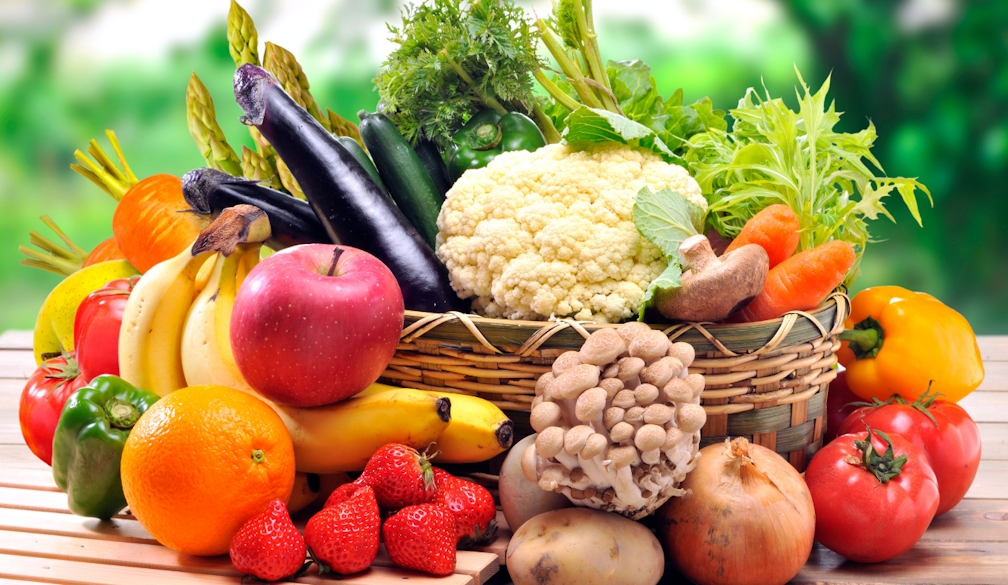NZ fruit and veg prices are going up way faster than processed food
- Written by Puneet Vatsa, Senior Lecturer in Economics, Lincoln University, New Zealand

The rising price of food[1] has been making headlines for the past decade. But prices have not been rising consistently across all food groups – and this has major health implications for New Zealanders.
Last week Stats NZ released food price data[2] showing the biggest drop in prices in six years. The second quarter consumer price index[3], due out today, will give a broader overview of the inflationary pressures facing New Zealanders, including the cost of eating.
Despite the recent price drops, concerns over food security, food affordability[4] and the nutritional quality of local diets have remained.
Although food price increases have been noticeable over the long term, the change in relative prices — the cost of one food category compared to another — often goes unnoticed. Nevertheless, these relative price changes are crucial[5] as they influence consumer choices, often subconsciously.
Our new research[6] examines Stats NZ data between 2014 and 2023 on the price of 85 food items collected from 560 retail outlets – supermarkets, greengrocers, fish shops, butchers, convenience stores, restaurants, and outlets selling breakfast, lunch, and takeaway foods – in 12 urban areas.
Between July 2014 and March 2023, prices of some sweetened, processed foods and drinks such as boxed chocolate, ice cream, soft drinks and sports energy drinks have risen by around 14%. At the same time, price of some fruits and vegetables have risen by around 45%.
When sweetened processed foods are cheaper relative to fruits and vegetables, people tend to buy more of the former[7]. This can lead to poor dietary habits, increasing the prevalence of obesity and related health issues.
Unique factors cause slower price drops
While food prices have increased globally since 2020, most notably due to the COVID-19 pandemic and geopolitical tensions, many countries have seen subsequent food price inflation decreases[9]. As the recent data from Stats NZ show, this is also starting to happen in New Zealand.
However, New Zealand’s price inflation was greater and has remained more persistent than in many other developed countries, suggesting unique factors may be at play[10].
The structure of the retail food sector, dominated by Foodstuffs and Woolworths[11], has come into sharper focus as food prices have risen. A lack of competition tends to lead to higher prices[12].
However, considering how long the duopoly has dominated the supermarket sector, this alone does not necessarily explain the changes in absolute and relative prices revealed in our research.
Due to increased regional specialisation, New Zealand’s supply chain for fresh fruits and vegetables is particularly susceptible to disruptions caused by extreme weather events.
Although specialisation improves production efficiency, it increases vulnerability to localised shocks, such as Cyclone Gabrielle[13]. This is exacerbated by a sparse transport network.
International trade also influences the relative prices of different food types. The composition of New Zealand’s production and exports is significantly different from its imports[14].
New Zealand does not produce sugar beet or cane, making it entirely dependent on sugar imports, for example. Conversely, most fresh fruits and vegetables consumed in New Zealand are grown domestically.
These factors can influence the production and cost of different foods, leading to diverging prices. Access to different sources of imported foods can reduce price volatility, whereas a regionally concentrated domestic supply can cause sharp fluctuations in the prices of foods.
Food prices are a health issue
The growing affordability gap between processed foods and healthy produce is not just an access issue. It has a significant impact on health.
One in three adults in New Zealand was obese in 2020–2021[15], with childhood obesity also on the rise. The incidence of diabetes increased from 35.7 per 1,000 people in 2012 to 41.5 per 1,000 people in 2021.
What is more, the number of diabetics is expected to increase[16] by 70%–90% over the next 20 years, and the annual cost of diabetes may rise from NZ$2.1 billion to $3.5 billion over the same period.
Of even more concern is that these burdens do not fall evenly across New Zealand’s population.
Poor diets disproportionately affect Indigenous people and those in the lower economic strata. Pacific peoples and Māori have lower average incomes[17] and higher obesity rates[18] than New Zealanders of European descent.
Low-income families have long found it challenging to afford[19] and adhere to healthy diets due to the rising relative prices of fruits and vegetables.
A multi-pronged strategy is needed
The rising relative affordability of sweetened foods poses a significant threat to the health of New Zealanders. Without intervention, the country may face increasing rates of diet-related chronic diseases, straining an already burdened healthcare system.
A comprehensive approach involving economic, educational and regulatory measures is necessary to reverse these trends and promote better nutrition and health for all New Zealanders.
There needs to be a multi-pronged strategy[20] to tackle the complex challenges facing our food system. This needs to include taxes on sugary foods as well as subsidies on fresh produce, a ban on junk food marketing targeted at children, dealing with food insecurity and investment in free school lunches.
References
- ^ rising price of food (www.stuff.co.nz)
- ^ food price data (www.stuff.co.nz)
- ^ consumer price index (www.stats.govt.nz)
- ^ food security, food affordability (www.stuff.co.nz)
- ^ relative price changes are crucial (sjdm.org)
- ^ new research (www.tandfonline.com)
- ^ people tend to buy more of the former (www.stuff.co.nz)
- ^ Ildar Abulkhanov/Getty Images (www.gettyimages.com.au)
- ^ food price inflation decreases (www.cnbc.com)
- ^ unique factors may be at play (www.worldvision.org.nz)
- ^ Foodstuffs and Woolworths (theconversation.com)
- ^ lead to higher prices (comcom.govt.nz)
- ^ Cyclone Gabrielle (theconversation.com)
- ^ significantly different from its imports (www.aut.ac.nz)
- ^ obese in 2020–2021 (www.tewhatuora.govt.nz)
- ^ expected to increase (healthierlives.co.nz)
- ^ lower average incomes (tikatangata.org.nz)
- ^ higher obesity rates (www.health.govt.nz)
- ^ challenging to afford (www.stuff.co.nz)
- ^ multi-pronged strategy (www.newshub.co.nz)
Authors: Puneet Vatsa, Senior Lecturer in Economics, Lincoln University, New Zealand















